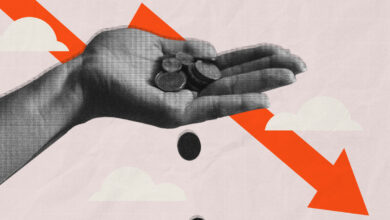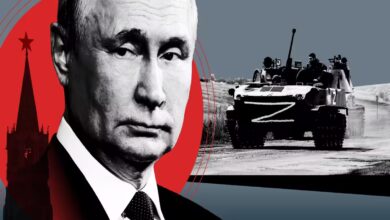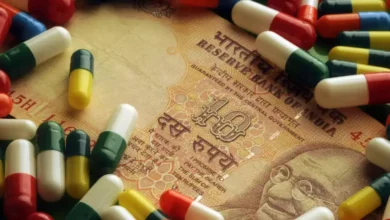Inflation in Sri Lanka Jumps to 54.6 %

Sri Lanka’s inflation rate recorded a record high of 54.6 percent for June, the highest in the history of the country since 1954.
Sri Lank’s inflation hit a ninth consecutive record in June. Inflation reached an all-time high. With this, Sri Lanka is now broken into the hyperinflation zone. Official data shows that inflation hit 54.6 percent. Sri Lanka is grappling with an acute economic crisis, with a possible IMF bailout the only and last resort for help here in this Island Nation.
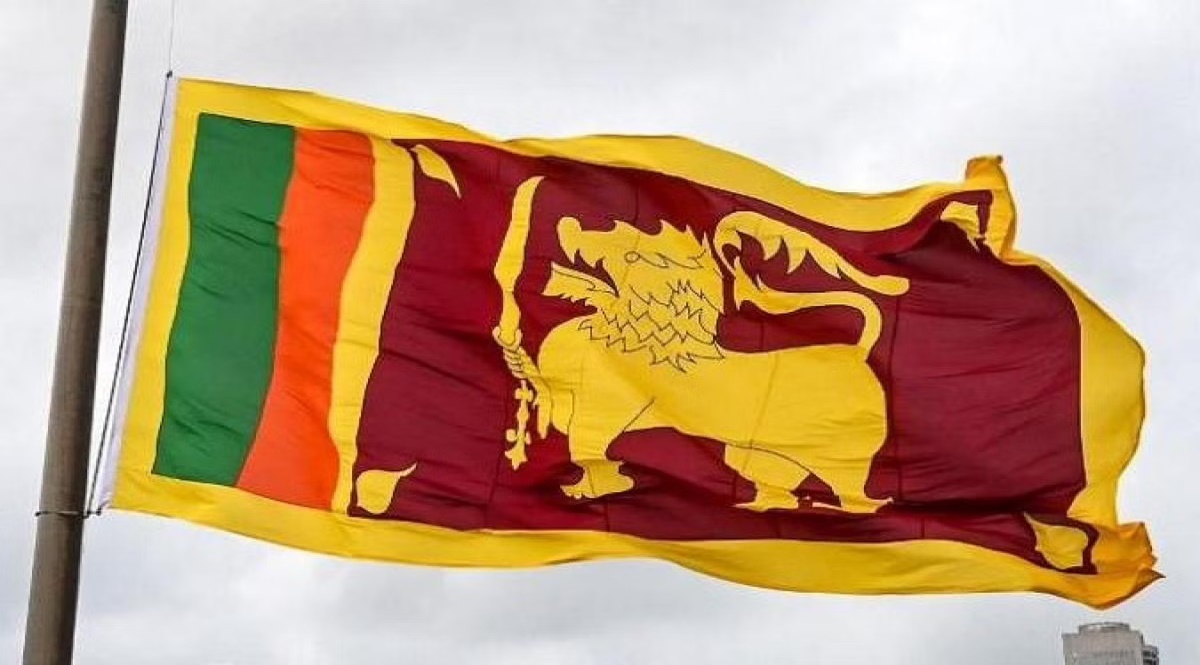
A day in a south Asian nation comes just today, and the international monetary fund asked the bankrupt country to stamp out corruption and raise taxes to rescue its economy substantially. On Thursday, the IMF (International Monetary Fund) ended ten days of its in-personal discussion with Sri Lankan authorities in Colombo, which was conducted to discuss the country’s request for a possible bailout. Bailout means asking for financial assistance in order to save any business or, in this case, we can say to save the country’s economy from collapsing.
The resident in Sri Lanka’s capital Colombo said that life is becoming increasingly difficult. Official data showed that food inflation had risen by almost 18 percent compared to last year. It also confirmed that food inflation had surged by about 57.4 percent while prices of non-food items jumped about 30.6 percent, and with the dollar shortage, the country is also struggling to pay for essential imports of food, fuels, and medicines.
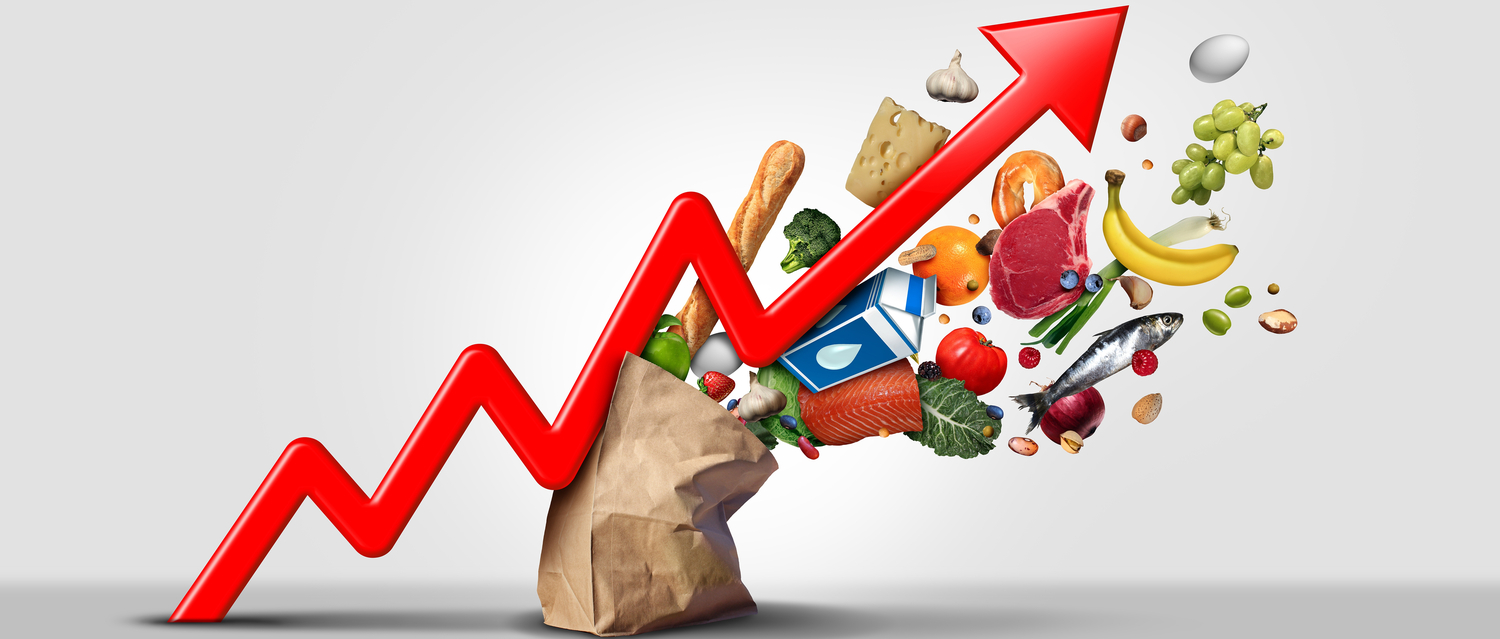
The country eagerly waits for some form of concrete decision from the IMF. The Japanese Ambassador has said that it is a little cautious to assist Sri Lanka during this time of crisis with the funds to be given to the island nation will be mismanaged in due Course as well.
According to the department of census and statistics, the Colombo consumer price index has now crossed the psychologically significant 50-mark threshold due to a shortage of essential products. The Sri Lankan economy is already struggling with a fiscal and counter-count deficit and an external debt of a massive one Billion dollars. On the other side, the Sri Lankan Rupee, the nation’s currency, has seen a value decline of more than 40% in March. With acute energy shortages, Sri Lanka is also observing a shutdown of non-essential state institutions along with a closure of schools due to fuel shortages.
The Sri Lankan Government is asking for this type of financial assistance on deferring loan repayment. A deferring loan repayment means an agreement between lender and borrower where the borrower requests the lender to give them a loan. That loan will be repaid at a later date when the situation would be comparatively better.
Now in the latest series of street demonstrations that have been ongoing for several weeks, a group of lawyers also staged a peaceful anti-government protest on Wednesday when doctors, medical staff, and people of various professions marched to demand the Government resolve a severe fuel shortage.
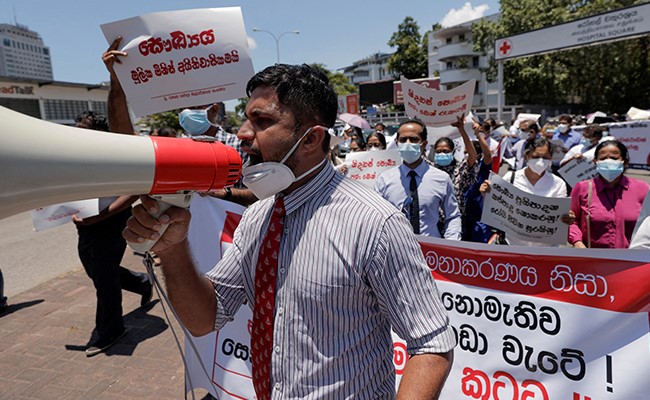)
Now, let’s have a deep Analysis to understand the Sri Lankan Economic Crisis. According to the news, Sri Lanka is experiencing its most significant financial crisis since gaining independence in 1948. This nation now lacks sufficient foreign exchange reserves, preventing it from importing necessities like food, gasoline, and medications. Sri Lanka is also running short of papers, because of which the country has cancelled all their Exams, and that has affected millions of students.
India has granted one Billion dollars to Sri Lanka as credit so that the country can use that money to buy essential commodities because this funding is provided on credit. Sri Lanka will be required to pay back India when the situation is comparably better.
Currently, Sri Lanka’s national Debt is a mountainous 110 percent of its GDP, and the country’s inflation rate has been the highest since 1954 at 54.6 percent. Pakistan and Sri Lanka are both currently in similar situations. Now, 359 Sri Lankan Rupee is equal to $1. The Pakistani Rupee is 204.57, and the Indian Rupee is 78.95.
That means if a particular country’s currency depreciates concerning the Dollar, it will increase the cost of imports. Depreciation means weaker. For example, $1 used to be Rupee 70, but now it is equal to 78 Indian rupees, which means the Indian rupee has depreciated. In comparison to the US dollar, it has lost strength. If India wants to import anything at all, it will have to pay more money for Indian rupees.

Similar to this, the Sri Lankan rupee stands at 359, implying that if Sri Lanka wishes to import something, they will ultimately have to pay a large number of rupees. The domestic market in Sri Lanka will suffer due to the increased cost of imports. Whenever any country’s imports are dependent, meaning they import more than what they export, it can disturb the country’s trade balance. So maintaining the appropriate balance of imports and exports is critical for any country.
A strong economy must strike the ideal balance between imports and exports. It is always recommended that the trade deficit should be low. A trade surplus is perfect, but not every country can achieve that. But if we talk about how the country gained it, that means that it has plenty of resources to support its economic activities, and at the same time, it can also export.
Since here we are talking about Sri Lanka, its public Debt is around 110 percent of its GDP. They are forced to borrow money from other nations and international financial institutions like the IMF, World Bank, Asian Development Banks, etc., because of their current financial predicament because Sri Lanka currently needs money to prevent the collapse of its economy.
However, even if they are successful in getting the money, they won’t be able to repay it any time soon. Therefore, if we examine the current scenario, it is as follows:
Even if Shri Lanka acquires funds, it will indeed default, meaning it will not be in a position to repay loans anytime soon, but it will need that loan money to keep its economy running.
Let’s try to comprehend this more concretely now: Would you be prepared to lend money to someone you know won’t be able to repay it soon? Will you continue to make money? Sri Lanka is facing a similar issue. In any case, India has granted a credit of $1 billion to be used to purchase emergency necessities like food, fuel, medicines, etc. India is also okay with the repayment period’s deadline.
But then, if we see one Billion Dollars are not enough for Sri Lanka. Sri Lanka policymakers have to find a way out of this tight spot. It is going to be as bad as biting the bullet. So as of now, Sri Lankan Government has two options ;
The country needs to either restructure its Debt or go to the International Monetary Fund for a relief package. As we have discussed above, Sri Lanka’s finance minister has proposed the IMF, and if you remember, in January 2022, Sri Lanka was not in favour of approaching the IMF. Instead, it came from China for another loan to address its economic crisis. Now here is an important question. Here is an important question: why did Sri Lanka think it is better to go to China for a loan rather than go to the IMF?
First, we need to know about the IMF. If you want a loan from the IMF, they have certain conditions. As you may know, IMF is controlled by western countries, and part of those conditions include as a country you will have to keep collateral to get a loan, which is normal. If a country needs a loan, that country will have to keep something as collateral, but here is an attractive condition of the IMF. They also interfere in the Government’s functioning.

In the name of assistance, the IMF indirectly maintains leverage by giving orders to borrowing governments to correct their macroeconomic imbalances in the form of policy reform.
In simple words, suppose a country takes a loan from the IMF. The IMF has specific conditions. If the Government only fulfils it, that country will get the loan. Part of those conditions also includes that the IMF will give the country order and directions for changing their economic policies in the name of reforms, which means that they will not only provide the country loan money, but they will also tell them how to use that money, more of like interference.
That is why many countries are reluctant to approach the IMF for any financial assistance. They look for a country that can lend money without interfering. But then, for Sri Lanka, it is a desperate time that calls for desperate measures. That is why they have approved the IMF.
However, you also need to understand that the IMF has many conditions before giving any loan. Looking at Sri Lanka’s current situation, the IMF must also keep in mind the risk of defaulting. Anyone who lends money will also do their assessment of whether so and so organization or a country can return the money on time; otherwise, it will eventually add up to the existing Debt.
Apart from the IMF, Sri Lanka also needs to restructure its Debt. Let’s understand the structure of Debt through an example; Suppose you have tapped into four different areas of your life, so naturally, you are going to experience financial distress and liquidity problems. Now what you might do is you would go to plan out of the way through which you can get someone to refinance you on your existing Debt. This means that you will ask for more loans to repay the primary loan.
Now what you would do is you would plan out a way through which you can get someone to refinance you on your existing Debt. This means you would ask for more loans to repay the main loan.
Obviously, you also have to pay some interest on the new loan, or maybe you also need to keep something collateral that is not of any immediate use to you. And you would not mind recovering it later, or sometimes you also have to sell assets to get that money.
Whatever it is, the main thing is you have to pay interest on any amount you borrow. Usually, that interest amount should be lower than the interest that you pay on your existing primary Debt. The idea is to accumulate smaller Debt to manage the overall more significant Debt load. This is called Debt Restructuring. Of Course, it also includes other things, for example, finding a suitable, compassionate leader who can understand your problem and lend you money, and would not mind waiting until you come to a stable position.
So all of this also matters. It’s quite a task, and it’s not that easy. So even if Sri Lanka has to do something like this, they will only be able to keep their economy running. Well, it looks all easier theoretically, but if you see people of Sri Lanka angry and frustrated on the ground, opposition leaders are also using this as an opportunity to create more panic. But then, as of now, we can see through the news that the people are protesting against the Government. They are demanding president Gotabaya Rajapaksa resign. Now the main question is: How did Sri Lanka end up in this economic crisis?
The actual crisis started at the end of 2019, but then you see, Sri Lanka’s foreign Debt started rising in 2010. After 2010 there was a sharp rise in Sri Lanka’s shallow depth, and if you go for the deep, we will notice that Sri Lanka owes most of its debt money to countries like China, Japan, and even India, but comparatively less than other countries. Sri Lanka also owes a lot of money from the World Bank and Asian Development Bank.
The Sri Lankan Government has also borrowed a lot of money from the international market, which comes under the category of Market Borrowing. Usually, any government borrows money from the market to meet its expenditure.
It is widely believed that Sri Lanka fell into a kind of economic crisis due to the short-sightedness of its corrupt politicians. Since 2005 till date there have been only three presidents; The first one Mahendra Rajapaksa and then Maithripala sena, and then the current President, Gotabaya Rajapaksa. If we look at all the political parties of Sri Lanka, we will realize that they are either socialist or democratic parties. Hence, there is a huge influence of the Government in almost every respect of countries’ business.
We need to understand that socialism and democratic parties are all the brainchild of communism. Here, it doesn’t mean that they are the same. Obviously, there have to be some subtitle differences; otherwise, everyone will know their bluff. But they are the brainchild of communism.
If we go into the history of each and every president or senior influential political leader of Sri Lanka, we will notice that back in the 15s and 16s, they were directly or indirectly part of the communist party, and furthermore, we will find a lot of trade unions, and NGOs in Sri Lanka who play am inactive role as political pressure groups.
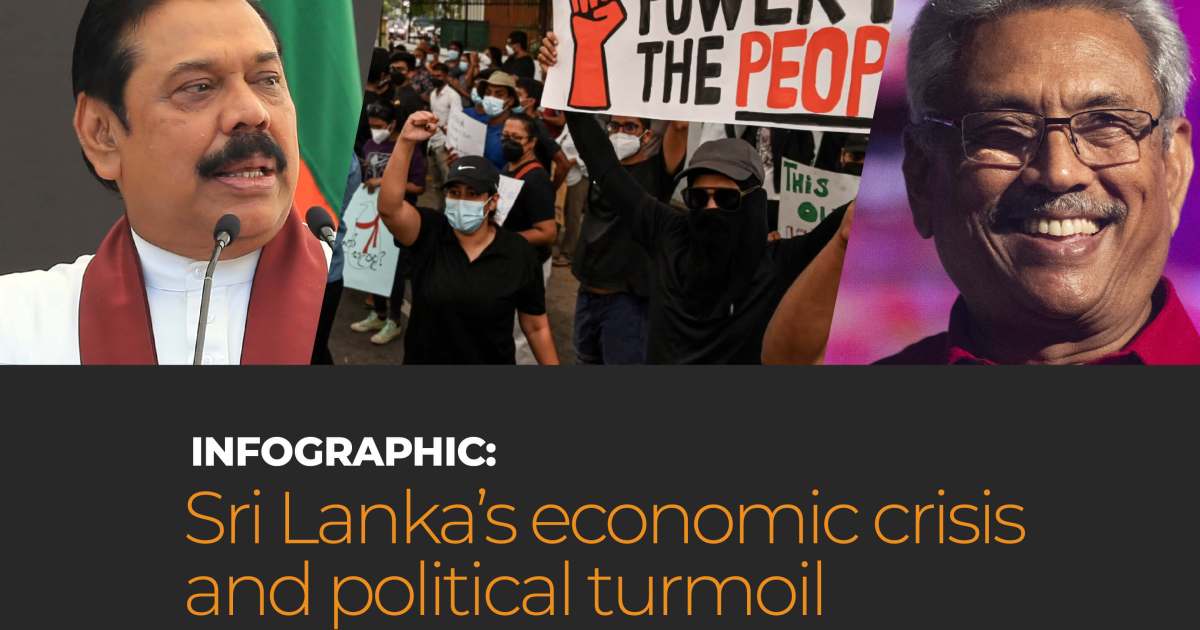
It is up to the Government of a particular country to not be greedy and fall into the trap of Debt. Pakistan and Sri Lanka both are good examples that fell into the debt trap of Chinese investment. Then as we know, in 2020, due to the pandemic followed by lockdown, the tourism industry of Sri Lanka, which accounts for about 10% of the country’s GDP, got badly hit and that led to a huge foreign exchange crisis. Because no one was traveling to the Island, the pandemic is also one of the reasons behind the current economic crisis in Sri Lanka.

Last year in 2021, the Sri Lankan Government banned the usage of all chemical fertilizers, pesticides, and fungicides. It was a move by the Government to push the agriculture sector to organic farming. In fact, that decision turned out to be a disaster, and crop production in Sri Lanka started declining.

Furthermore, the price of food went up because the food Mafia people started holding essential food items like rice, sugar, and pulses for making money. So even this government policy is also one of the reasons behind the current economic crisis in Sri Lanka.
In Short, the Reason behind this critical Economic Crisis in Sri Lank includes :
- Massive external Debt
- Rapidly depleting foreign exchange reserves.
- Decline in tourism due to pandemics.
- High-level corruption in the Government
- The banning of chemical fertilizers hampered agriculture production.
Edited by Prakriti Arora

